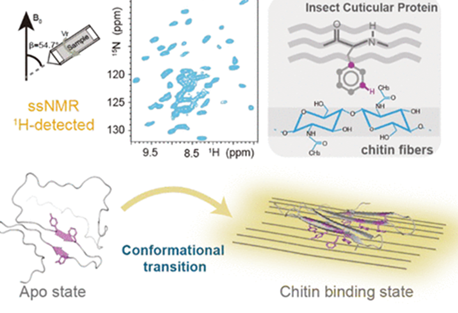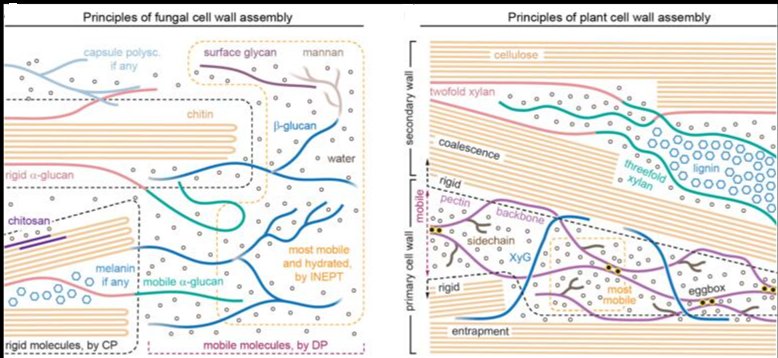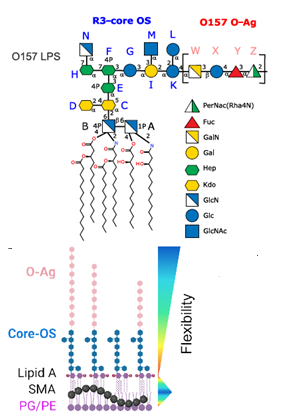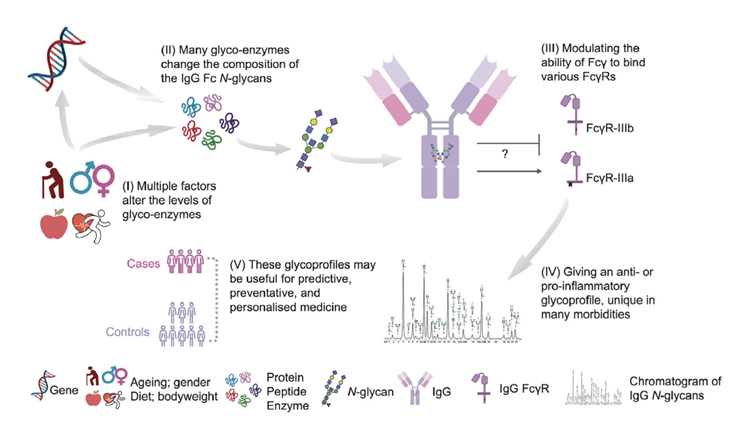The complex structure of wood, one of the most abundant biomaterials on Earth, has been optimized over 270 million years of tree evolution.
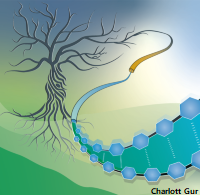
This optimization has led to the highly efficient water and nutrient transport, mechanical stability and durability of wood. The unique material structure and pronounced anisotropy of wood endow it with an array of remarkable properties, yielding opportunities for the design of functional materials. The authors of this review provide materials and structural perspective on how wood can be redesigned via structural engineering, chemical and/or thermal modification to alter its mechanical, fluidic, ionic, optical and thermal properties. These modifications enable a diverse range of applications, including the development of high-performance structural materials, energy storage and conversion, environmental remediation, nanoionics, nanofluidics, and light and thermal management. The authors highlight advanced characterization and computational-simulation approaches for understanding the structure-property–function relationships of natural and modified wood, as well as informing bio-inspired synthetic designs. In addition, the authors provide their perspective on the future directions of wood research and the challenges and opportunities for industrialization.

